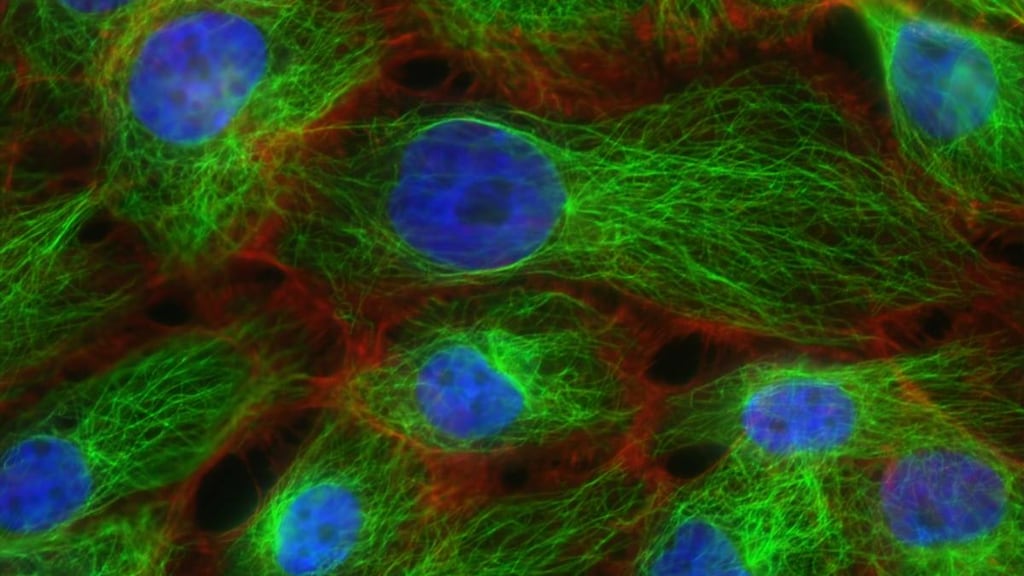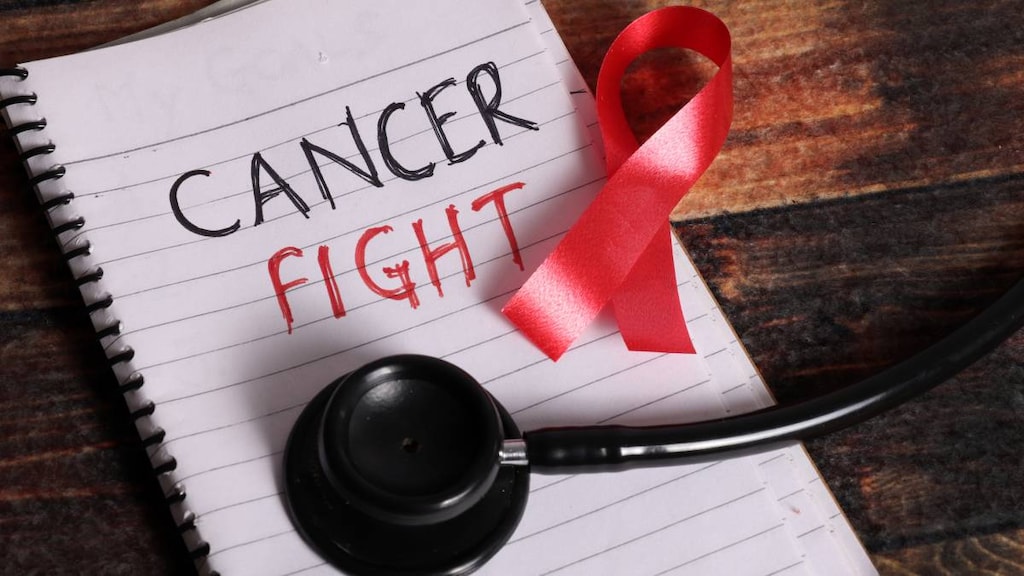
What is acute lymphoblastic leukemia (ALL)?
Acute lymphoblastic leukemia (ALL) is one of several different cancers that affect white blood cells.
ALL affects a specific type of white blood cell, called a lymphocyte, that forms in bone marrow. Bone marrow is the soft part in the center of a bone. Acute means the cancer progresses rapidly, and it produces lots of immature lymphocytes.
ALL is also known as acute lymphocytic leukemia.
What causes acute lymphoblastic leukemia?
Bone marrow makes three types of blood cells: white blood cells (leukocytes) that fight infection and disease, red blood cells (erythrocytes) that carry oxygen throughout the body, and platelets that form blood clots to help control bleeding. There are five main types of white blood cells: neutrophils, lymphocytes, eosinophils, monocytes, and basophils.
Acute Lymphoblastic Leukemia (ALL) occurs when lymphocytes continue to grow and divide, rather than dying when they are meant to. This causes abnormal, immature lymphocytes that cannot function properly and which crowd out normally functioning lymphocytes. These build up and crowd out healthy cells. Experts are not sure what causes the DNA in these cells to mutate in a way that leads to ALL, but there are several different types of change that can occur. One of the most common types of DNA change is called a translocational change. This happens when chromosomes 9 and 22 swap DNA and this abnormality is seen in 1 in 4 adults with ALL and is known as the Philadelphia chromosome.
People at higher risk of developing acute lymphoblastic leukemia include those:
- Who have previously received certain types of chemotherapy and radiation therapy for cancer
- Exposed to radiation, such as survivors of a nuclear reactor accident
- With genetic disorders, such as Down syndrome
- With a sibling or twin with ALL
Acute lymphoblastic leukemia is the most common type of cancer that occurs in children, but with treatment the cure rate is high. ALL can also occur in adults; however, the cure rates with treatment are not so favorable.
What are the symptoms of acute lymphoblastic leukemia?
Symptoms of acute lymphoblastic leukemia Include:
- Anemia
- Bone pain
- Dizziness or feeling lightheaded
- Easy bruising
- Fever
- Frequent or severe bleeding from the nose or gums
- Increased risk of infection
- Loss of appetite
- Pale skin
- Shortness of breath
- Swollen lymph nodes in the neck, under the arms, in the abdomen or groin
- Tiredness or fatigue
- Weight loss
How is acute lymphoblastic leukemia diagnosed?
If you or your child are having symptoms that resemble acute lymphoblastic leukemia (ALL), see your doctor.
It is important to note that many of the symptoms of ALL can resemble other conditions, not just leukemia. A blood test showing abnormal white blood cells may suggest the diagnosis. To confirm the diagnosis and to identify the type of leukemia, a sample of bone marrow will need to be taken using a needle. Imaging tests and a spinal fluid test may also be conducted.
How is acute lymphoblastic leukemia treated?
Treatment for acute lymphoblastic leukemia should start as soon as possible after a diagnosis is made.
Treatment falls into different phases, such as:
- Induction therapy: designed to kill most of the leukemic cells in the blood
- Consolidation therapy: destroys any remaining cells in the body, especially the brain and spinal cord
- Maintenance therapy: prevents leukemic cells from re-growing
- Preventive treatment: involves specific chemotherapy treatment often directly into the spinal cord
Depending on the phase and the type of ALL, treatments may include:
- Chemotherapy
- Targeted therapy
- Stem cell transplantation
- Radiation therapy
- Bone marrow transplants
Treatment typically lasts for 2 years.



